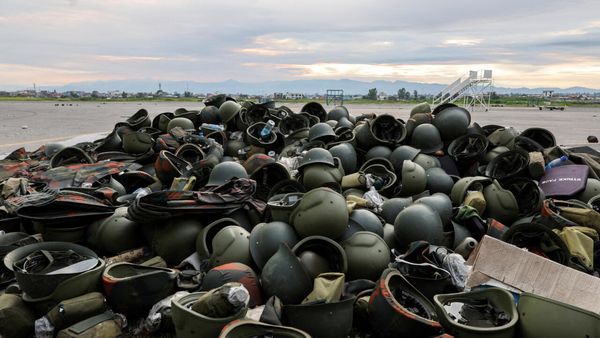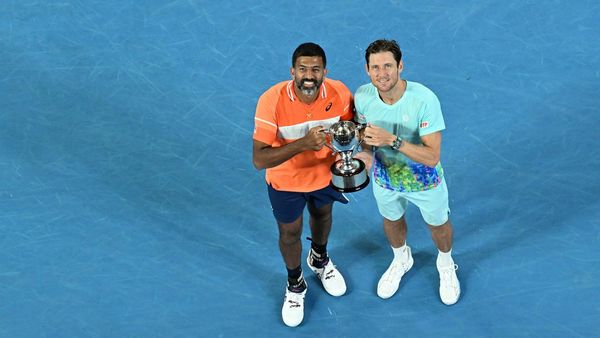In recent times, Indian tennis hasn’t had many success stories. But in the past week, it has had two crowning glories, both courtesy Rohan Bopanna.
On Wednesday, with his quarterfinal victory at the Australian Open, the 43-year-old guaranteed himself of the No.1 spot in world doubles rankings, the oldest man to occupy the coveted position. On Saturday, he won his maiden men’s doubles Major to become the oldest to do so.
Sporting excellence in the fifth decade of one’s life is not commonplace. It’s a period when age, along with physical frailties, makes the end of the career feel nigh, forces athletes to reflect and be nostalgic about the good old past, and think about passing on the lessons thus learnt to future generations.
Time, however, has treated Bopanna with a tenderness that defies reason and logic. He has finished semifinalist or better in men’s doubles in four of the last seven Slams he has entered. In 2023, he competed at all four Majors, all nine ATP Masters 1000s, a bunch of ATP 500s and 250s, and in Davis Cup for India.
An ode to consistency
Bopanna may have secured just two titles last season, but he made eight finals in all, and qualified for the season-ending ATP Finals, an ode to his consistency. Modern science and better nutrition do help, but to maintain an unreal level of motivation, have the zeal to train daily, recover and travel the world, while all along not losing perspective about things he can and cannot do speaks volumes about his mental strength.
Between Bopanna’s first and second Slam doubles final, there was a 13-year gap (2010 US Open to 2023 US Open). Between his two previous career-high rankings, there was a decade’s gap (No.3 in 2013 to No.3 in 2023). His only earlier success at Majors came when he won the 2017 French Open mixed doubles with Gabriela Dabrowski.
Alternative approaches
But the burly man from Coorg has persevered, despite being lost at times in that frightful space between hope and despair. He doesn’t possess explosive athleticism, has shed cartilage in his knees and cannot hit the gym. So he has turned to yoga for fitness and swimming for endurance.
If ever there was any doubt that this adjustment would leave him at a disadvantage, the Australian Open final banished it, as he showcased a full array of powerful serves, dynamic lunges and razor-sharp reflexes, qualities that gather rust with every passing day.
In India, a doubles practitioner is always judged against impossibly high standards. Where in singles in the last three decades, just two players have won back-to-back main draw matches at Slams (Leander Paes and Sania Mirza), in doubles there have been three World No.1s — Paes, Mahesh Bhupathi and Sania — who have collectively lifted 15 doubles and 21 mixed doubles Majors.
Bopanna has one in each category. Yet, by reaching the pinnacle when the game is more athletic and more powerful than ever before, and the format fickle — with entire sets being replaced by tie-breakers on the ATP Tour — Bopanna has carved a niche for himself and made a lasting impact.










